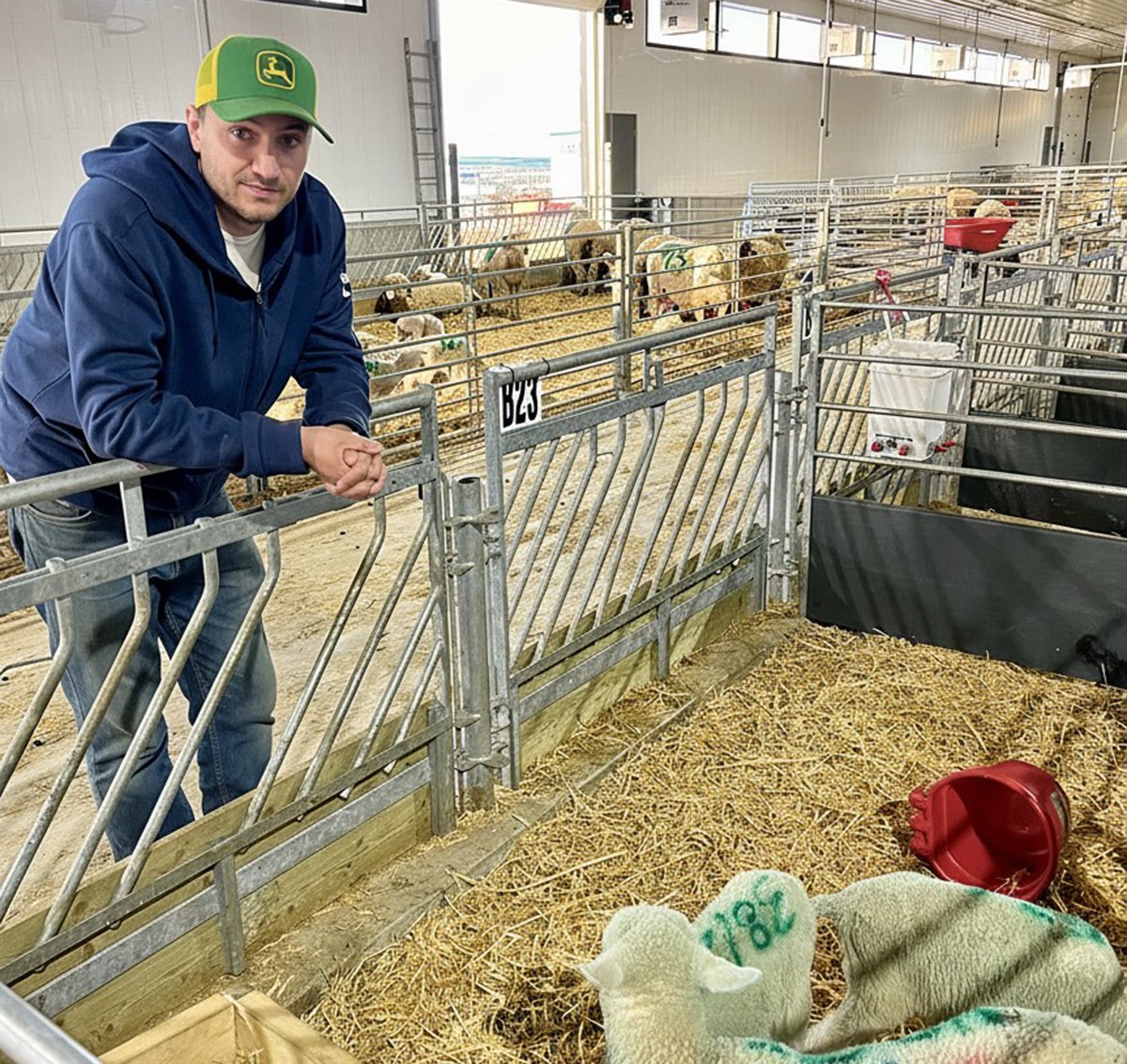This year has been an economic bonus for western beef producers, which may encourage them to invest more in their cattle herds.
“As an industry we are doing pretty good,” said Kathy Larson, beef economist with the Western Beef Development Centre.
The centre recently led a western Canadian cow-calf survey, which provided data from more than 400 producers.
The producers answered questions about their 2014 calf crop, starting with the 2013 breeding season and ending with weaning in the fall of 2014.
The producers can compare the results to their own operations while researchers and educators can examine the findings to see where more work is needed to encourage best practices or learn why some areas of the industry are not doing as well.
Read Also

Solar, sheep provide valuable farm diversification
Eric Steeves says raising sheep on forages grown under solar panels provided economic stability and perhaps even saved his family’s fifth generation southern Alberta grain farm.
“We all have recommended practices, but we don’t always know who is adopting some of the recommended technologies,” she said.
The study covered 76,000 cows in the four western provinces.
The survey found that calves are weaning at heavier weights and more people are vaccinating, but conception rates are dropping slightly from the last time a similar survey was conducted in 1998.
The cow to bull ratio averaged 25:1, and breeding season length averaged 93 days, which was nearly unchanged from the 1998 survey.
A breeding season no longer than 63 days is recommended to maintain a 365 day calving interval and improve calf crop uniformity.
Calving distribution is an important indicator for a herd.
Sixty percent of the females should ideally calve in the first 21 days of the season.
The survey found that 55 percent of females calved in the first 21 days, which was an improvement from 15 years ago.
Breeding heifers four to six weeks before cows is recommended so they have more time to recover after their first calf is born.
Only a quarter of respondents bred their heifers earlier than the rest of the herd.
Conception rates seem to be down from 1998, when the pregnancy rate was 96 percent compared to 92 percent this time, said Larson.
The average open rate was seven percent in cows and 10 percent in heifers. The most likely reason for culling females was reproductive issues such as failure to get pregnant.
The most popular calving month is March, which was a change from 1998 when most calved in February.
Nearly 80 percent provided details on weaning dates, which revealed that most weaned their calves in October followed by November.
The most common method was traditional separation from the mother, while more than 20 percent used low stress fence line weaning and others used different methods including natural weaning.
The average weaning percentage was 86 percent live calves with 533 lb. weaned per cow. This is a gain of 28 lb. since 1998. About a quarter of producers implanted their calves at this time.
“If you want to lower your break-even price on calves, one way to do it is increase the total pounds of calf weaned,” Larson said.
Many say they wish they had a larger cow herd, but perhaps they could achieve better results and produce more pounds of beef with more productive animals and more live calves, she said.
This might be achieved with shortening conception rates or better gaining calves that survive.
More than 70 percent sold their calves at weaning time.
Multiple marketing strategies are used, but 80 percent said they sold through live auctions.
Another 12 percent sold calves direct or through a private treaty, nine used the electronic auction and seven percent used an order buyer.
About 70 percent reported having more than 90 percent polled calves, and 94 percent castrate calves before six months of age.
Bull selection criteria listed breed, conformation, birth weight and expected progeny differences as the most important considerations. Genetic tests ranked No. 9 in selection.
Few said they test their bulls for trichimoniasis or vibrio.
Less than 20 percent said they body condition score their cows, but 91 percent said they vaccinate. About 70 percent said they vaccinate cows at pre-breeding time, but less than 10 percent said they pre-conditioned calves before sending them to market.
Nearly half tested their winter feed for quality. Of those who had feed tests done, most used the results to balance rations.
Calf death loss reasons were included in the study. Producers experienced losses because of pneumonia and scours in the difficult winters of 2013 and 2014, which could be correlated with a cold, late spring.
Larson said future research could examine patterns associated with problems such as calf deaths.
The Saskatchewan and Alberta agriculture ministries funded the survey, and results will be distributed to beef extension specialists, cattle organizations and researchers.
barbara.duckworth@producer.com















